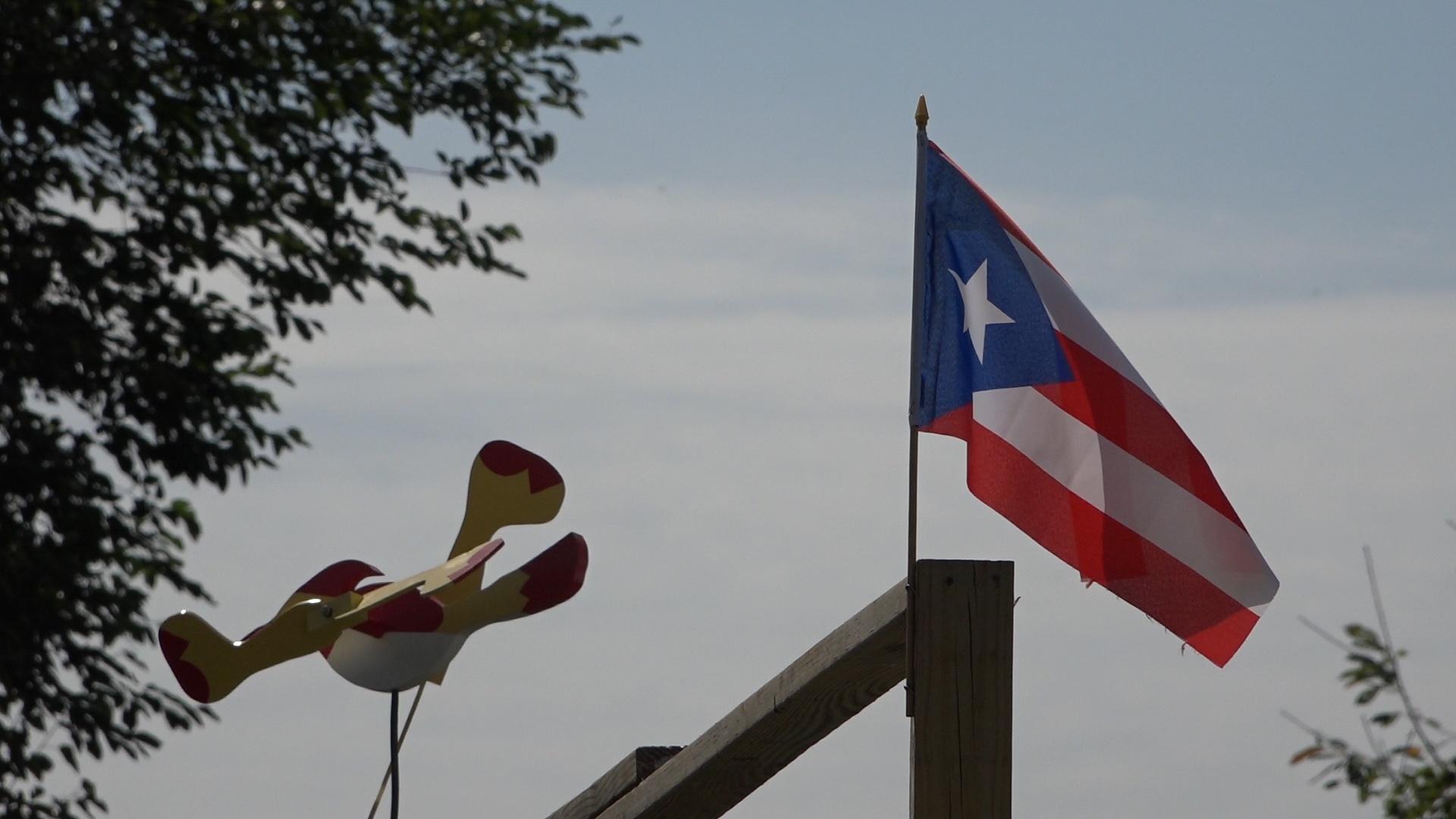ALLENTOWN, PA - Red, white and blue with a single star. The Puerto Rican flag is flown outside homes, hangs on rearview mirrors and plastered to car bumpers. But why does this tiny island’s flag have such a massive presence?
“When a Puerto Rican displays the flag, there is a pride, there is a joy that is this is an affirmation of who I am,” says NCC professor, and star of ‘The Trouble with My Name,’ Dr. Javier Avila.
This Hispanic Heritage Month, PBS39 News Tonight is delving into an lesser-known piece of American history; Puerto Rico’s Gag Law.
“If somebody wants to say something they can go ahead and say something,” says local resident, Sergio Revas, “but I am not afraid to have them out. I am proud to be a Puerto Rican that’s why I have the Puerto Rican flag. I like my country, I like my music and I like Puerto Rico.”
On June 10th, 1948 Law 53 was approved. Enacted to surprise the Independence movement on the island, La Ley de la Mordaza made it illegal to display or own a Puerto Rican flag; even in one’s own home. It came to be known as the Gag Law; and this flag provision to the law allowed police and national guardsmen to enter anyone’s home without a warrant and search and seize all property, regardless of probable cause.
“My grandmother believed in the independence of Puerto Rico and she was a very proud Puerto Rican,” explains Avila, “At the same time that she was not allowed to display this flag, her three sons were fighting in the Korean war. So it’s a conflict in the family. But my grandmother showed me what it’s like to be a proud Puerto Rican and she had the flag and she always said, wherever you go, be proud of who you are.”
While the Gag Law was repealed in 1957, it’s ripple effects are still felt 62 years later. An estimated 64 thousand people of Puerto Rican heritage live in the Lehigh Valley, and in cities like Allentown, Pennsylvania where Puerto Ricans make up the city’s largest ethnic group, the island’s flag can be found everywhere you turn.
“For me, I don’t care what they do or say, it’s a time when you gotta fight for who you are and fight hard,” Allentown resident Espeer Conde tells PBS39 News Tonight reporter, K.C. Lopez.
His neighbor, Sergio Revas says, “I got my flag up, and if anybody wants to put a flag up, they can put it. I don’t care if it’s Puerto Rican or what country, they could have it. Be proud of it.”
For residents like Espeer Conde, flying la bandera outside his garage for the 50 plus years he’s called the mainland home, has garnered reactions that sometimes made the home he’s built for himself feel like anything but. Conde says, he’s experienced harassment, people honking the horn at 3 o’clock in the morning in front of his home and what he calls other forms of intimidation. But that hasn’t stopped him from flying his flag or confronting some who say the American flag is the only one that should be on display in the U.S.
“That will be the only way that these people are going to stop and give us the respect that we deserve because if we respect them, we need to be [respected],” says Conde, “And the end of the day, these things are not going to change but if we are in the neighborhood, we need to try and help each other, look after each other, which is mostly how people are.”
But in a neighborhood with three other Puerto Rican families on this block alone, five stripes, a blue triangle and a solo star, is a reminder that pride in identity is something that has been fought for and today, is still on the front line.
I wish that star will one day be on the American flag. You know? To be a state,” says Revas, “That way we will have more opportunities for the Puerto Ricans. Then nobody will say anything about the Puerto Ricans.”
Ley de la Mordaza: The Law That Made the Puerto Rican Flag Illegal
by
Published on
• Last modified on
•
Comments

Ley de La Mordaza made owning and displaying the flag illegal


